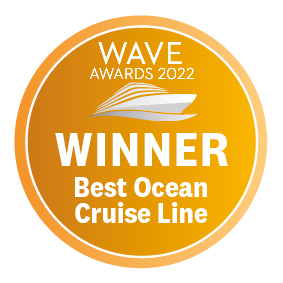36 nights
- From: New York, New York
-
 Wave awards winner
Wave awards winner
113 nights
- From: Sydney, New South Wales
-
 Wave awards winner
Wave awards winner




















